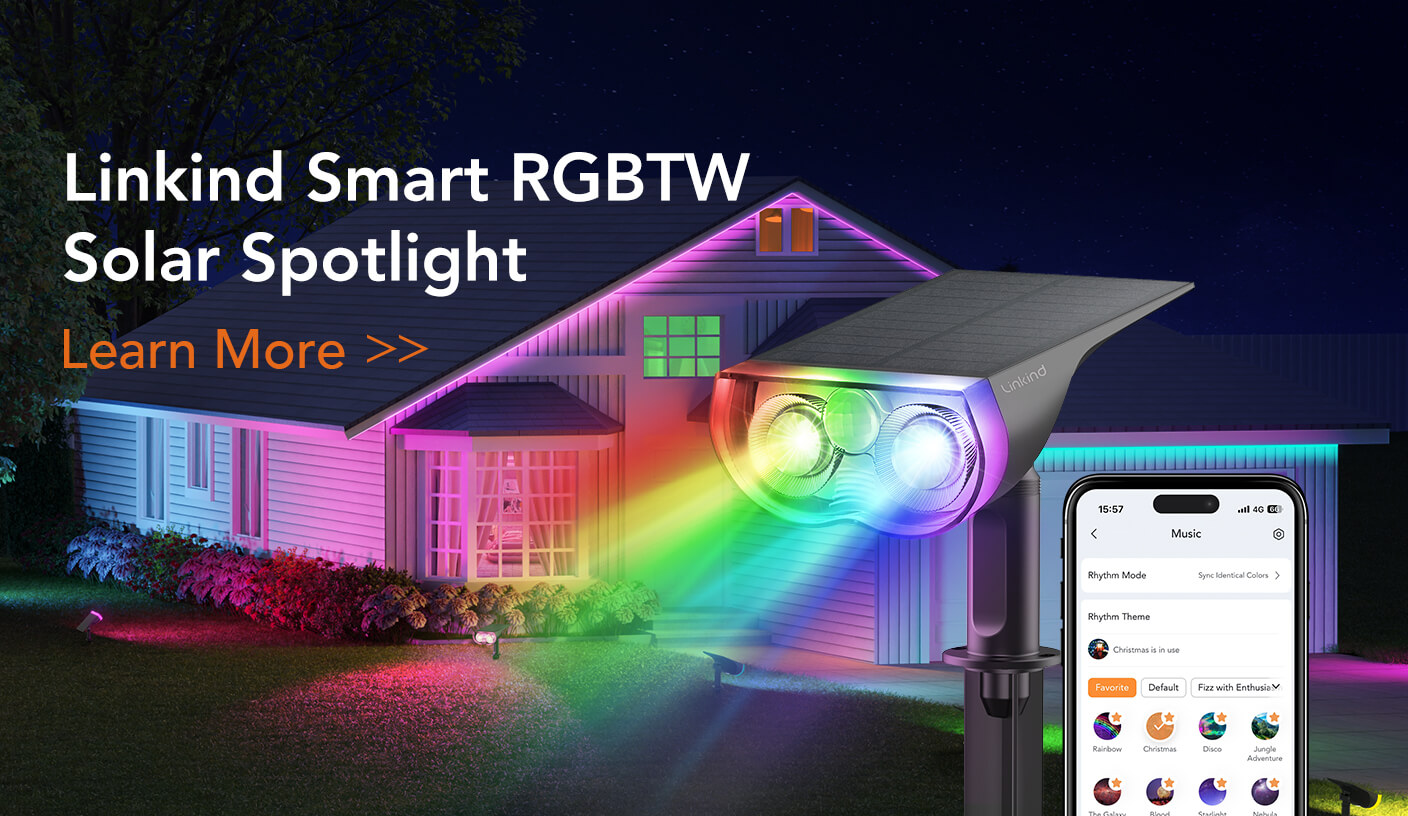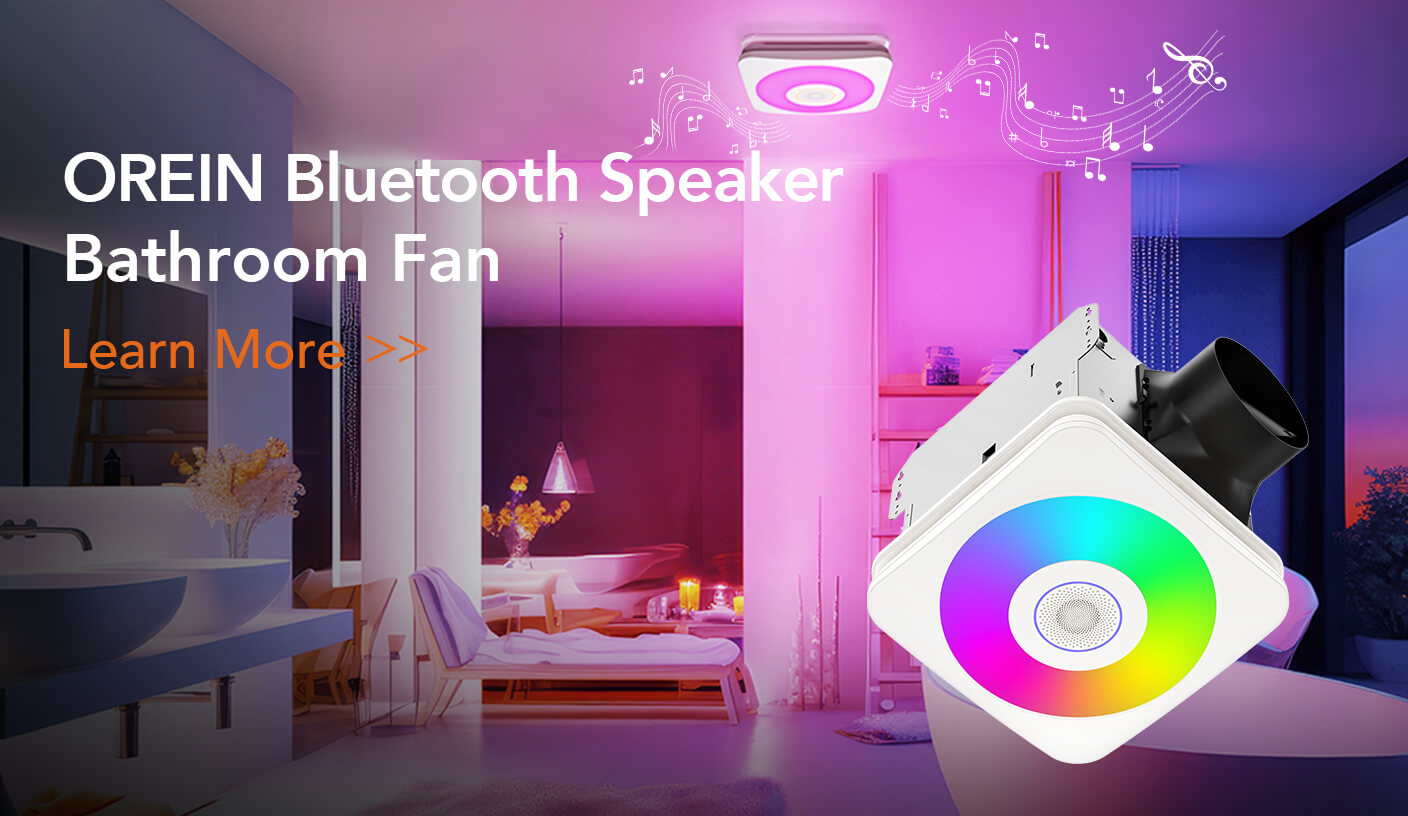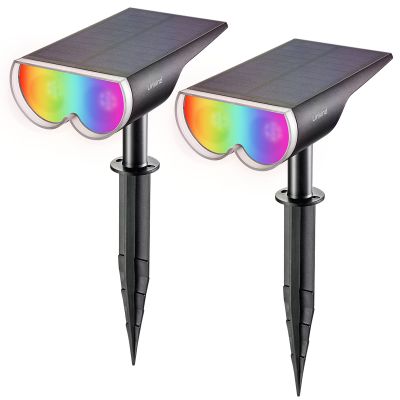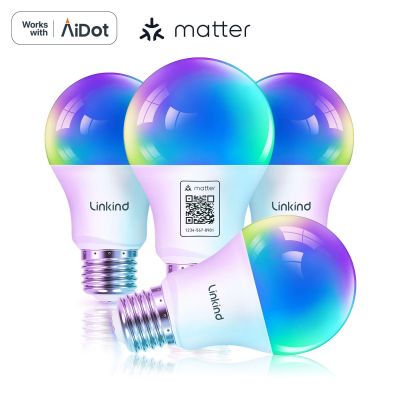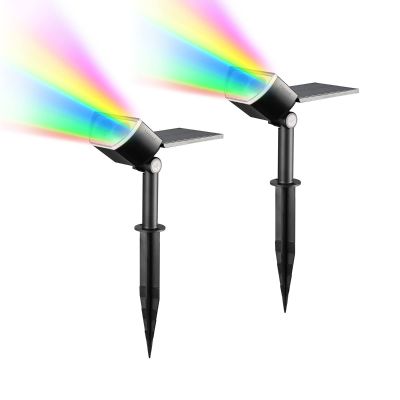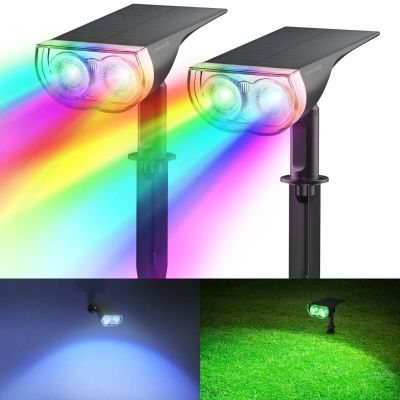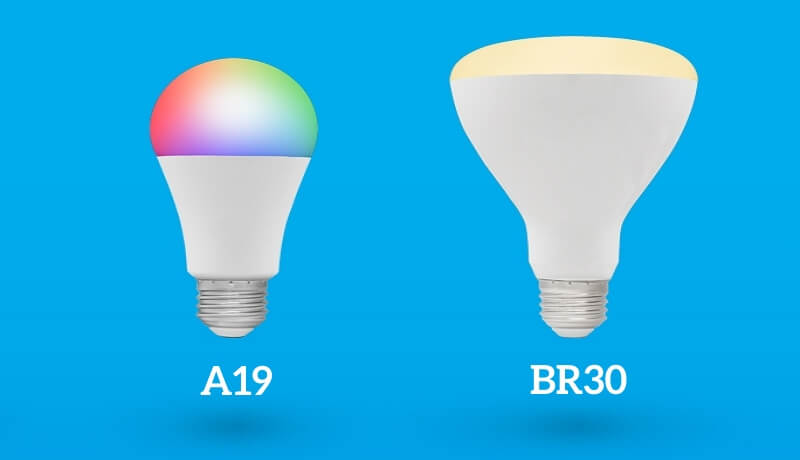RGB vs RGBW has a longstanding history of discussion, all these two types of light offer a wide range of innovative lighting designs and creative application possibilities. These LED lights are the trendsetters because of their numerous combinations of optimal primary hues – red, green, blue, and white. Every source of light emits a color temperature' characteristic that the human brain interprets differently. Many people have been striving to understand the nature and functions of RGB and RGBW, as well as which best suits their housing requirements. This article goes into details about how RGBW and RGB lighting works and how they differ from one another.
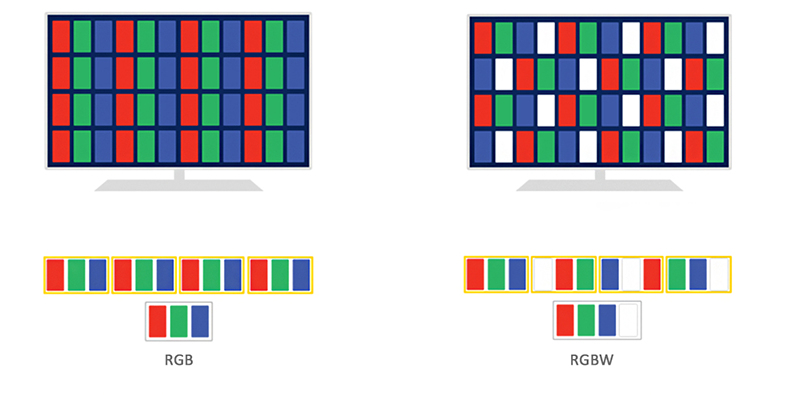

Part 1. RGB vs RGBW: What Are the Differences?
For many people, RGB vs. RGBW has been a hot topic. For many years, they have been used in different lighting applications and have influenced lighting design. When there is a need to acquire a colorful LED strip and send an inquiry to the LED strip supplier, the differences between RGB and RGBW may cause misunderstanding. This article will now help explain the differences between RGB and RGBW in greater depth. Here are 8 major differences listed and explained:
1. LED Chip
Red, Green, and Blue are the three primary colors in RGB LED lighting. The colors Red, Green, Blue, and White are used in RGBW LED lights. The extra white color chip can be mixed with the other three colors to create more precise and vibrant colors.
2. Color Rendering Index (CRI)
Because RGBW LED lights have a higher Color Rendering Index, they can more accurately replicate the object's original color. Using RGBW means better color reproduction.
3. Full Spectrum
RGBW LEDs perform substantially better than RGB LEDs in terms of full-spectrum lighting. With the added white color, RGBW LED can display more sorts and precise colors to achieve full-color lighting.
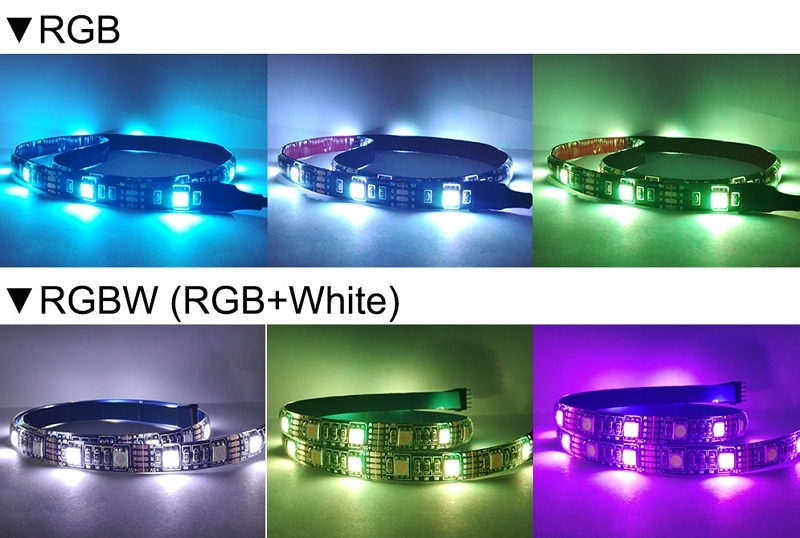

4. Foot
The RGB LED strip has 4 pins and the RGBW LED strip has 5 pins; the fifth foot of RGBW is for "W," therefore it's easy to tell which one is RGB and which is RGBW.
5. Brightness
RGBW four-color pixels are created by adding white pixels W to RGB. RGBW is brighter than RGB, has higher light transmission, and uses less power.
6. Application
If you want to choose between RGB and RGBW, you must consider the application. Without any additional criteria, RGB LED strips are commonly utilized for lighting applications. RGBW allows for more color mixing options and better color reproduction.
7. Controls
The RGBW LED Strips have a 4-in-1 chip that includes red, green, blue, and white for people who want more control over their LED lighting. While slightly more expensive, these strips provide significantly more illumination possibilities. RGB and RGBW LEDs can be changed to different hues, such as white, red, green, blue, pink, yellow, cyan, and so on, using the controller.
The RGBW LED, on the other hand, provides a brighter and more pure white light performance because of the additional white light diode. There are also RGBWW (RGB+ warm white), RGBCW (RGB+ cool white), and RGBNW (RGB+ neutral white) additional diodes available, depending on the color of the additional diode. RGBW LED lights are ideal for illuminating complicated and precise situations such as a shopping mall or a hotel. For colorful ornamental lighting, RGB is adequate, or a secret light band is necessary. For task lighting that demands bright white, RGBW is the best option.
Part 2. RGB VS RGBW: Which One Is Better?
RGBW LED lights are often superior to RGB LED lights.
The inclusion of a white LED chip improves light quality while also lowering energy usage and increasing lighting efficiency. It is also important to consider the consequences on the environment. As climate change becomes more serious, why not use an energy-saving RGBW LED to create a sustainable lighting solution?
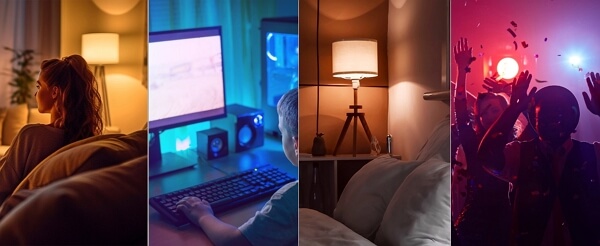

RGBW Lights Recommended:
- AiDot Linkind RGBW Outdoor Solar Landscape Lighting - Super Brightness with 16 LEDs; Adjustable Solar Panels; 2 Installation Options & Multiple Uses
- AiDot Linkind Matter Version A19 Smart WiFi RGBW Light Bulb - Dynamic Preset Scenes; 1%-100% Dimmable & Tunable 1800K-6500K; Smart Voice & Group Control
- AiDot Linkind Smart A19 WiFi RGBW Flood Light Bulb Working with Alexa & Google Home - Dimmable Warm to Cool Whites; Music Sync with 4 Modes
- AiDot Linkind Smart WiFi RGBW Table Lamp - App/Switch/Voice Control; Music Sync; Smart Schedule & Timer; Dimmable & Tunable
Better Light Quality
In theory, RGB LEDs may produce white light by combining the fundamental red, green, and blue photons. However, the mixture contains color blending and diffusion, resulting in fictitious white light. This type of white light appears to be obscured by fog.
People will have an unpleasant visual experience due to the foggy light. RGBW LEDs, on the other hand, may create cleaner white light and lower saturation colored light, giving our eyes a more pleasant visual experience. Furthermore, due to the addition of white light LED, RGBW LED light can provide a larger spectrum of distinct color shadings hues and is more flexible in color mixing.
Less Energy Consumption
Traditional RGB LEDs can only create lower-brightness light. As a result, to improve illumination brightness, a bigger LED amount is necessary. However, increasing the number of LEDs increases both the cost of production and the amount of energy consumed. RGBW LED lights, on the other hand, produce the same brightness with fewer LEDs.
Higher Lighting Efficiency
Because of its increased light transmittance, RGBW LED lights have a higher lighting efficiency. Unlike RGB LED light, which absorbs and blends some light, RGBW LED light reflects all of the light without wasting it, increasing lighting efficiency. In other words, RGBW LED lights may provide brighter light while using the same amount of energy as RGB LED lights.
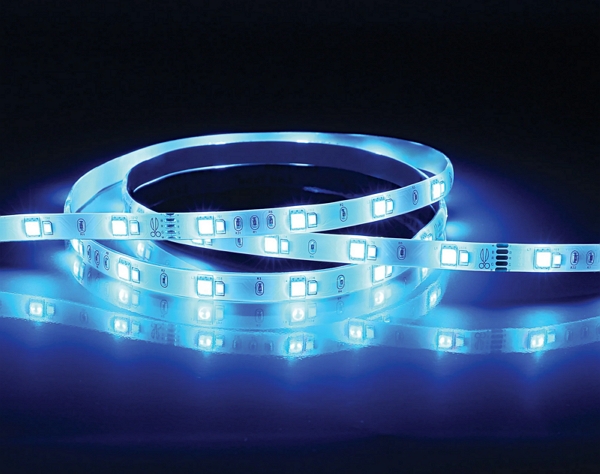

Part 3. When and Why RGB Lights Outshine RGBW?
RGB lights can be sufficient and cost-effective in various circumstances where the emphasis is on dynamic and colorful lighting effects, and the need for precise white light is not a priority.
Here are some situations where RGB lights are often suitable and economical:
- Ambient Lighting: For creating ambient lighting in spaces like living rooms, bedrooms, or entertainment areas where the primary goal is to set a mood with changing colors.
- Decorative Lighting: In decorative applications, such as accentuating architectural features, shelves, or decorative elements in a room, RGB lights can add visual interest without the need for white light.
- Outdoor Lighting Displays: RGB lights can be cost-effective for outdoor applications, such as holiday decorations or landscape lighting where dynamic color-changing effects are desired.
- Themed Environments: In themed environments like playrooms, creative spaces, or themed parties where the emphasis is on colorful and creative lighting rather than functional white light.
- Budget Constraints: If cost is a significant factor and the application doesn't require precise white light, RGB lights can be a more economical choice compared to RGBW lights.
- Simple Decor Projects: In DIY or simple home decor projects where the goal is to add a splash of color without the need for sophisticated white lighting.
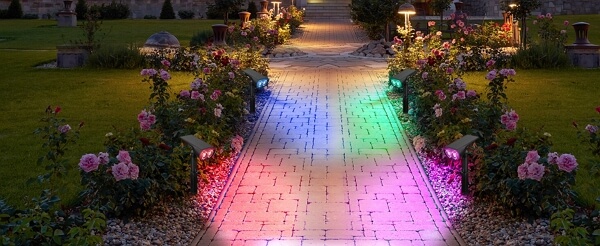

RGB Lights Recommended:
- AiDot Linkind RGB Outdoor Solar Spotlights for Garden and Pathway - 7 Adjustable Colors; High Photoelectric Conversion Rate; 2 Installation Options & Fully Adjustable Panels
- AiDot Linkind RGB Outdoor Solar Landscape Spotlights with 12 LEDs - Small Size & Focused Light; Fixed Colors & Color Cycling; Durable & Multiple Uses
- AiDot Linkind RGB Waterproof Solar Pathway Lights - 8 Color Light Modes; High-Quality ABS Material; IP54 waterproof rating; Easy Installation











